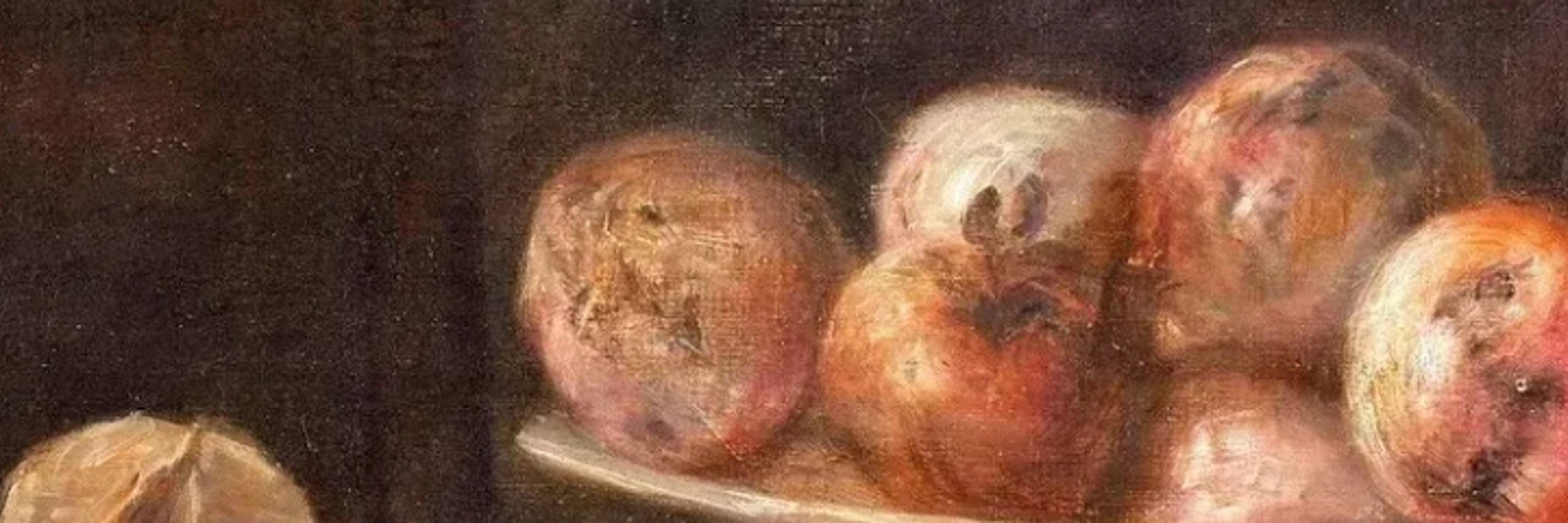
🔎 Anhedonia, Depression, & Social Anxiety • Children and Young People • Longitudinal, Network, Qualitative methods
https://www.psych.ox.ac.uk/team/sakshi-rajesh
@topicgroup.bsky.social @edgelab.bsky.social
(10/10)
@topicgroup.bsky.social @edgelab.bsky.social
(10/10)
🔸Given its cross-cluster relations, anhedonia may be conceptualised as a transdiagnostic symptom across depression and social anxiety.
🔸Early interventions may need strategies addressing both anticipatory and consummatory anhedonia.
Pending: longitudinal + clinical replications
(9/10)
🔸Given its cross-cluster relations, anhedonia may be conceptualised as a transdiagnostic symptom across depression and social anxiety.
🔸Early interventions may need strategies addressing both anticipatory and consummatory anhedonia.
Pending: longitudinal + clinical replications
(9/10)
The nodes that showed the strongest cross-cluster associations were avoiding being centre of attention, both anhedonia nodes, and worthlessness/guilt.
(8/10)
The nodes that showed the strongest cross-cluster associations were avoiding being centre of attention, both anhedonia nodes, and worthlessness/guilt.
(8/10)
Anticipatory anhedonia was related to avoiding being centre of attention and less fear of embarrassment.
Consummatory anhedonia was related to all three of the social anxiety symptoms.
(7/10)
Anticipatory anhedonia was related to avoiding being centre of attention and less fear of embarrassment.
Consummatory anhedonia was related to all three of the social anxiety symptoms.
(7/10)
Anticipatory anhedonia was related to low mood and suicidal ideation.
Consummatory anhedonia was related to worthlessness/guilt, suicidal ideation, concentration problems, and sleep problems.
(6/10)
Anticipatory anhedonia was related to low mood and suicidal ideation.
Consummatory anhedonia was related to worthlessness/guilt, suicidal ideation, concentration problems, and sleep problems.
(6/10)
(5/10)

(5/10)
(4/10)
(4/10)
It can be helpful to disentangle these, as this may help refine early interventional strategies.
(3/10)
It can be helpful to disentangle these, as this may help refine early interventional strategies.
(3/10)
(2/10)
(2/10)

